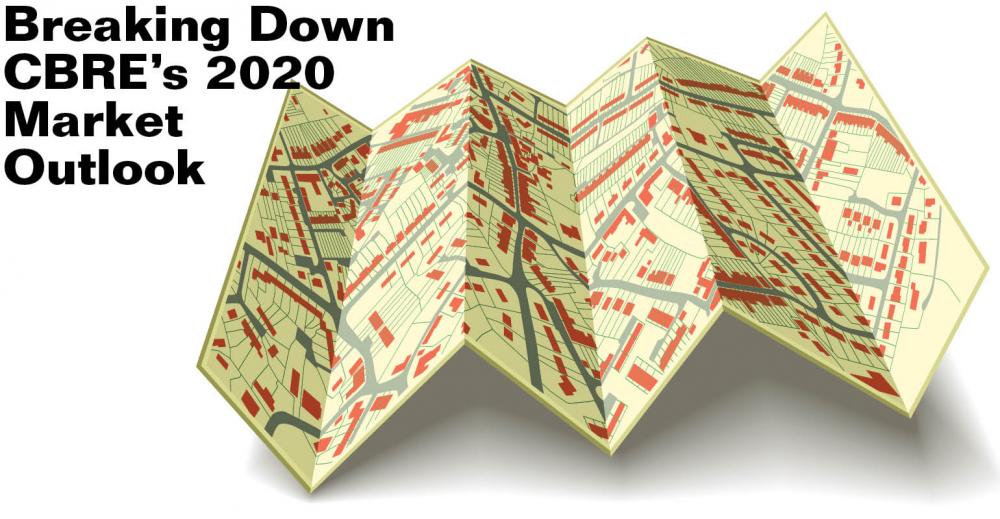1 19
1 19
According to CBRE, rising rents will be driven by newer product and infill industrial space in supply-constrained markets.
Retail has had a rough ride in recent years, but in 2020 CBRE expects all but four of the markets it tracks to post positive net absorption. Looking forward, it also identified the top 10 markets for retail rent growth in the next five years.
Investment in non-traditional commercial real estate property types such as self storage, data centers, medical office, life sciences, student housing and seniors housing now accounts for a bigger share of overall investment than it used. In 2019, activity on these property types accounted for more than 12 percent of all deal activity vs. less than six percent in 2007.
Since 2014, alternatives investment volume has averaged $59 billion annually.
Investment in seniors housing and medical office properties combined typically accounts for roughly half of all activity in alternative CRE property types.
Northern Virginia continues to dominate the data center industry and nearly three-fifths of projects under construction nationally fall in that market.

